No, let me get you out of your wondering: the rebels weren’t us. Disappointment. I should be a rebel more often ;-), I am always too ready to please everyone.
Yesterday was such a beautiful day in Brussels: a clear blue sky, such great food and coffee hot spots, an intriguing exhibition… And of course, being able to catch up with Daughter. Since she moved out of the house to go live with her boyfriend we really need to plan to see each other and talk. It was her birthday and I surprised her with a day in our capital.

On the train I gave her a schedule with addresses she had to look for.
Tich was the first, a concept store, annex coffee bar and vegan lunch place. It was very spacey, and the almond cappuccino and homemade waffles tasted marvelous.


Then off to the next spot, which was also located close to the Koningsplein (King’s square): the exhibition “Revolutions, records & rebels” at the ING Art Center. It lasts till March 10th 2019.

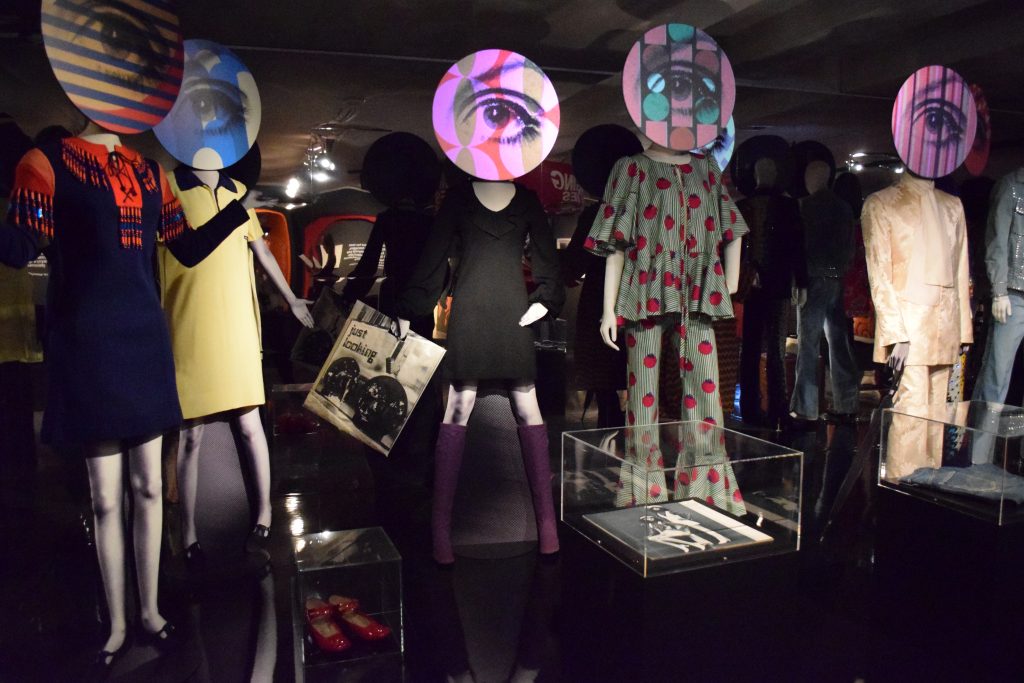
What was it about?
It is about the fascinating time period 1966-1970:
In the US the desire to act out against the Establishment can be seen as a reaction to the stultifying boredom of 1950’s suburban living, with the nation’s young people united in rejecting their society’s conservative values. In contrast, British youths of the time had grown up in a climate of austerity, surrounded by the devastating effects of war.
On both sides of the Atlantic, the young wanted to change the world, adopting a new original, flamboyant and at times utopian lifestyle. Far from being a uniquely Anglo-Saxon reaction among the intellectual elite, it quickly spread to all levels of society on the European continent. This evolution was accompanied by a rise in recreational drug use that intensified perceptions and opened the way to creative experimentation in music, art, film and literature.
All levels where the revolution broke through were visible in this exhibition: music, art, interior design, fashion, first steps of ecological awareness (young people who decided to live together in nature, in recycled houses and refused to eat meat). Lots of graphic design was exposed, on vinyl records, posters and advertisements.


The revolution was also a big struggle for women’s rights, homosexual rights and afro-american rights.
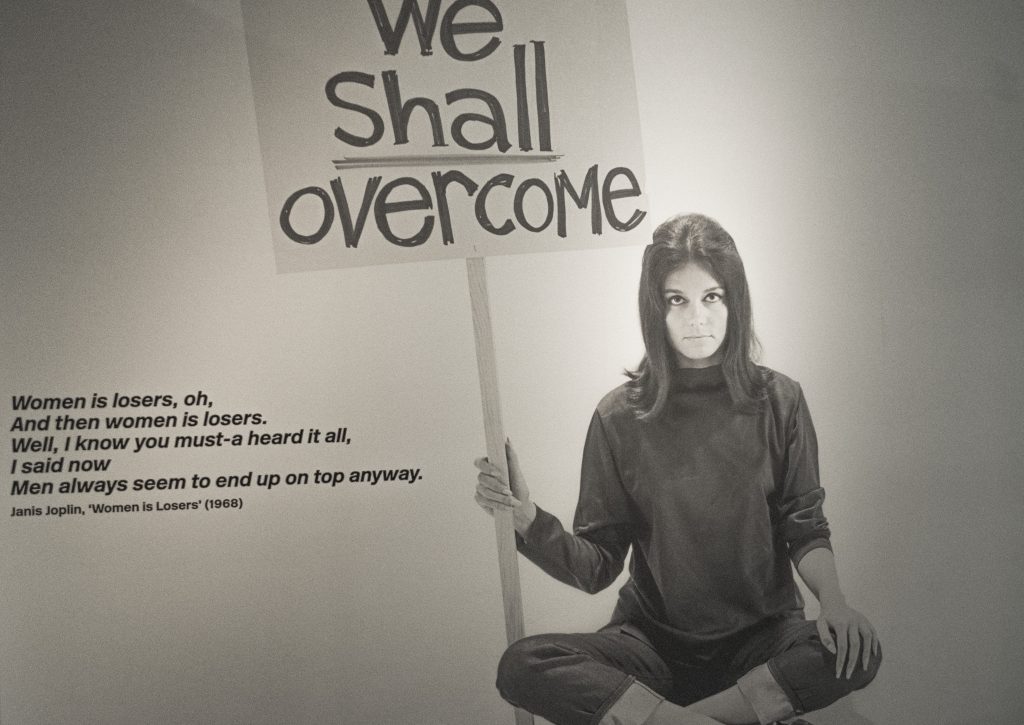
This exhibition was first shown in London and now brought to Brussels. What is interesting is that they added a parts of local design and fashion too.

Just go see and listen. Put on your headphones and immerse yourself in the sounds of the musical icons of the era (The Beach Boys, The Beatles, The Rolling Stones, The Who, Janis Joplin, Jimi Hendrix, Joni Mitchell).
Lunch was delicious, a friend advised us this trendy, cozy vegan restaurant, Oficina. In fact, you could also eat fish, so lots of choice.
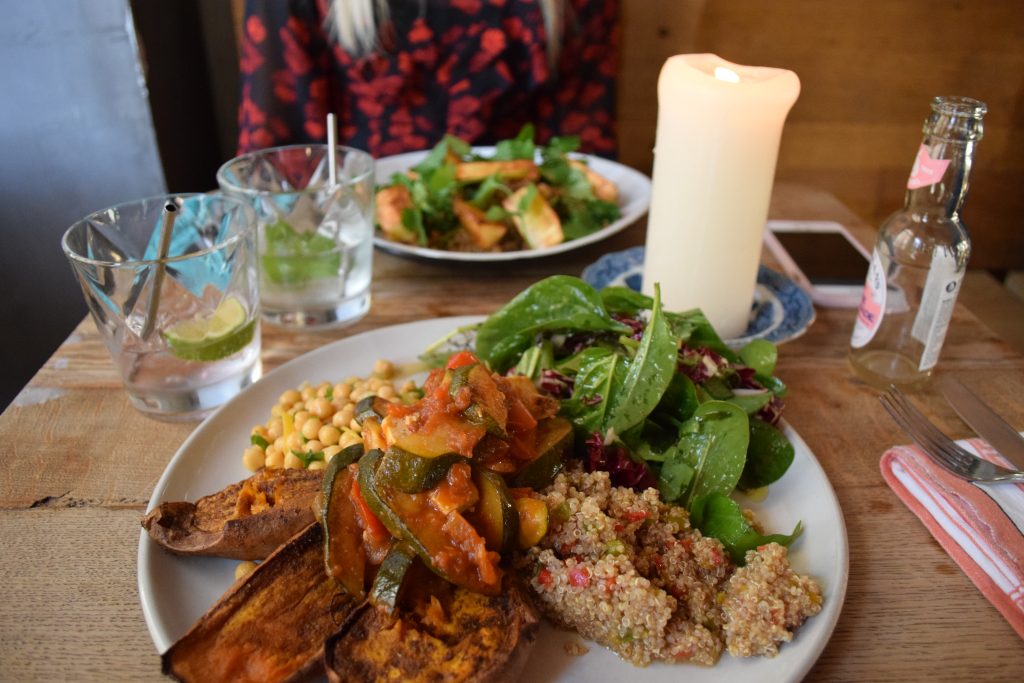
Afterwards we still strolled through beautiful Brussels, shopped in the Antoine Dansaertstraat. It is inspiring to see all the decorations, the original interior.

Urban therapy

Labelchic for biological beauty


What a gorgeous day and for your information: we started at Central Station Brussels and walked the whole day, which was certainly doable (more or less 10 km in total). Enjoy your day!
Sophia



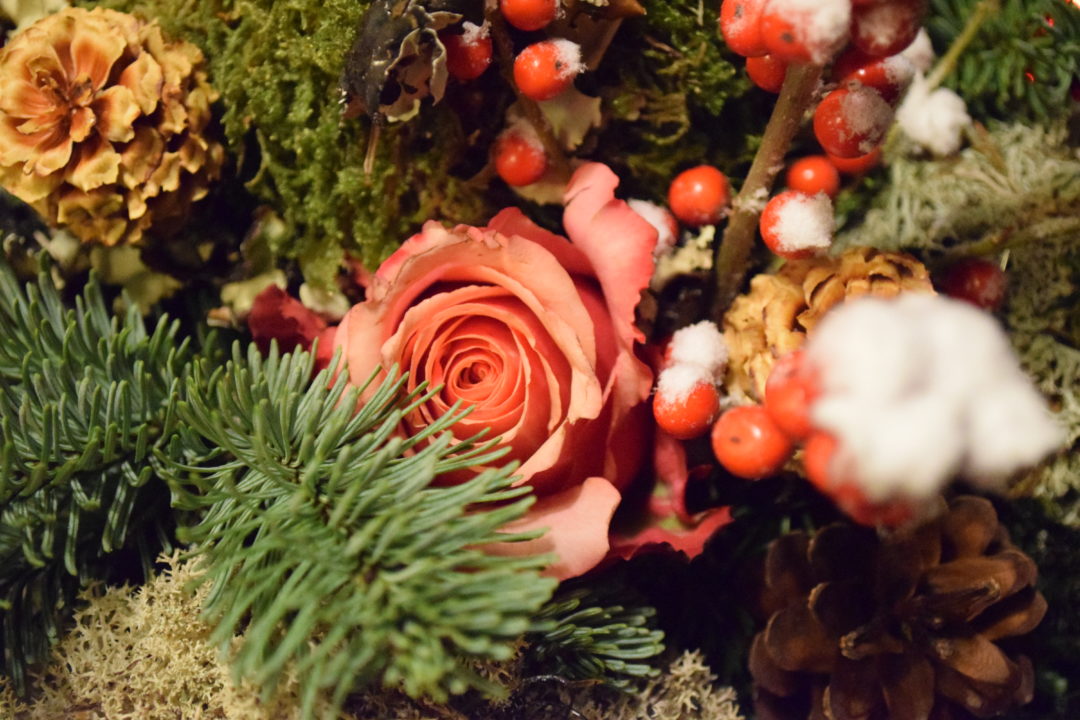












 The part I loved most was the problem of the evaporation, once the whiskey got in the barrels. Depending on the quality and taste you want to obtain at the end, the whiskey stays in the casks for many years. But a big part disappears, because of “The Angels Share”: they blame the angels, who drink it at night. So in Scottish heaven you find the happiest angels ever!
The part I loved most was the problem of the evaporation, once the whiskey got in the barrels. Depending on the quality and taste you want to obtain at the end, the whiskey stays in the casks for many years. But a big part disappears, because of “The Angels Share”: they blame the angels, who drink it at night. So in Scottish heaven you find the happiest angels ever! In the photo here you also see the different colors the whiskey gets, and how the level diminishes over the years (that’s to show how much you lose):
In the photo here you also see the different colors the whiskey gets, and how the level diminishes over the years (that’s to show how much you lose):
 A few stops along the road.
A few stops along the road.
 And when it was nearing dark, we were very lucky we could still enter the
And when it was nearing dark, we were very lucky we could still enter the 
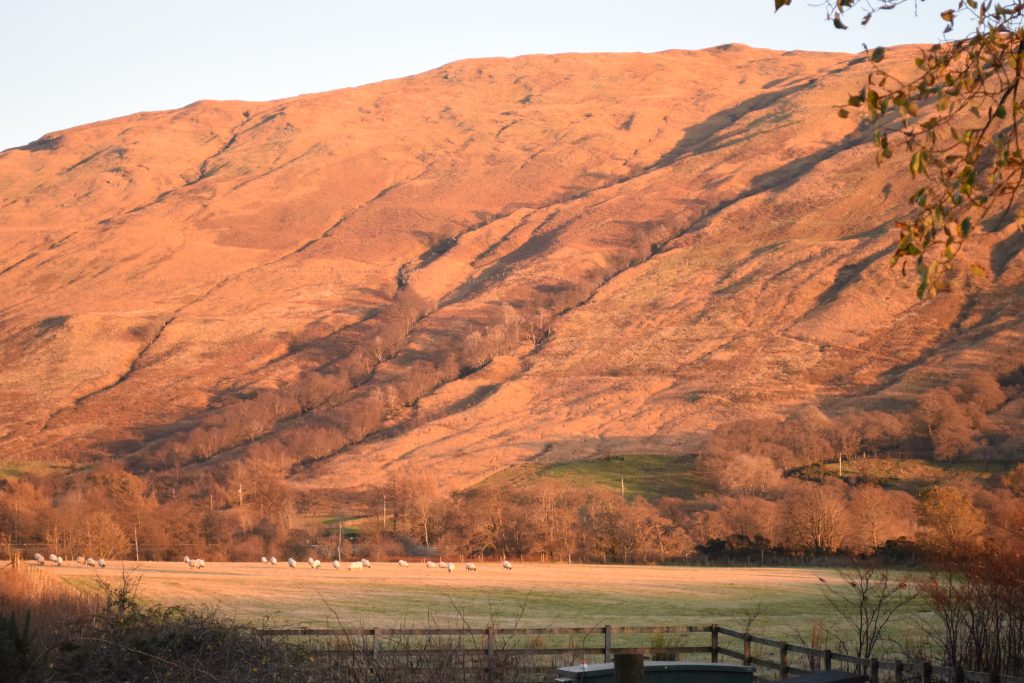


 There is a students habit of putting traffic cones on the heads of all statues.
There is a students habit of putting traffic cones on the heads of all statues. Then Susan guided us through the Art Gallery, a magical red brick building. There were different exhibitions, about the history of Glasgow, as well as medieval Dutch paintings and much more.
Then Susan guided us through the Art Gallery, a magical red brick building. There were different exhibitions, about the history of Glasgow, as well as medieval Dutch paintings and much more.

 The painting is called “The Doctor’s Visit” by Frans van Mieris the Elder in 1657: “The pale woman in this painting is suffering from lovesickness – a medical condition thought to be cured by reading the Old Testament, which is lying open on her lap. An elaborate-dressed doctor takes her pulse. He points to his head, indicating that her affliction is ill in her mind. Doctors were sources of humor at the time – ‘quack’ doctors (for the Dutch speaking, we know the word ‘kwakzalver’) were thought to fool their patients with false and theatrical diagnoses.”
The painting is called “The Doctor’s Visit” by Frans van Mieris the Elder in 1657: “The pale woman in this painting is suffering from lovesickness – a medical condition thought to be cured by reading the Old Testament, which is lying open on her lap. An elaborate-dressed doctor takes her pulse. He points to his head, indicating that her affliction is ill in her mind. Doctors were sources of humor at the time – ‘quack’ doctors (for the Dutch speaking, we know the word ‘kwakzalver’) were thought to fool their patients with false and theatrical diagnoses.”















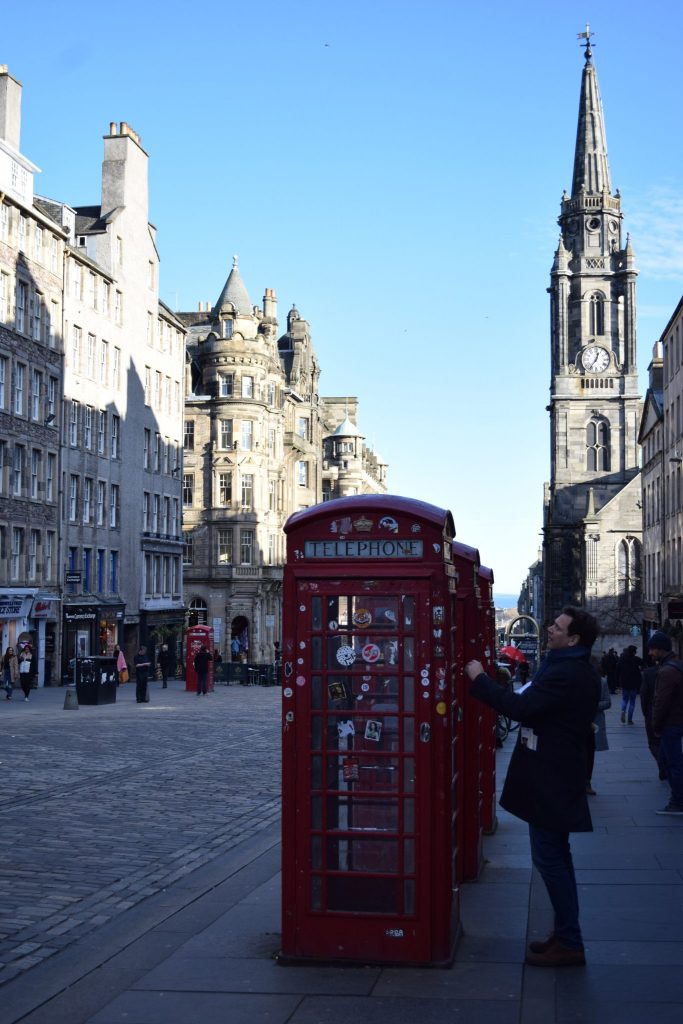




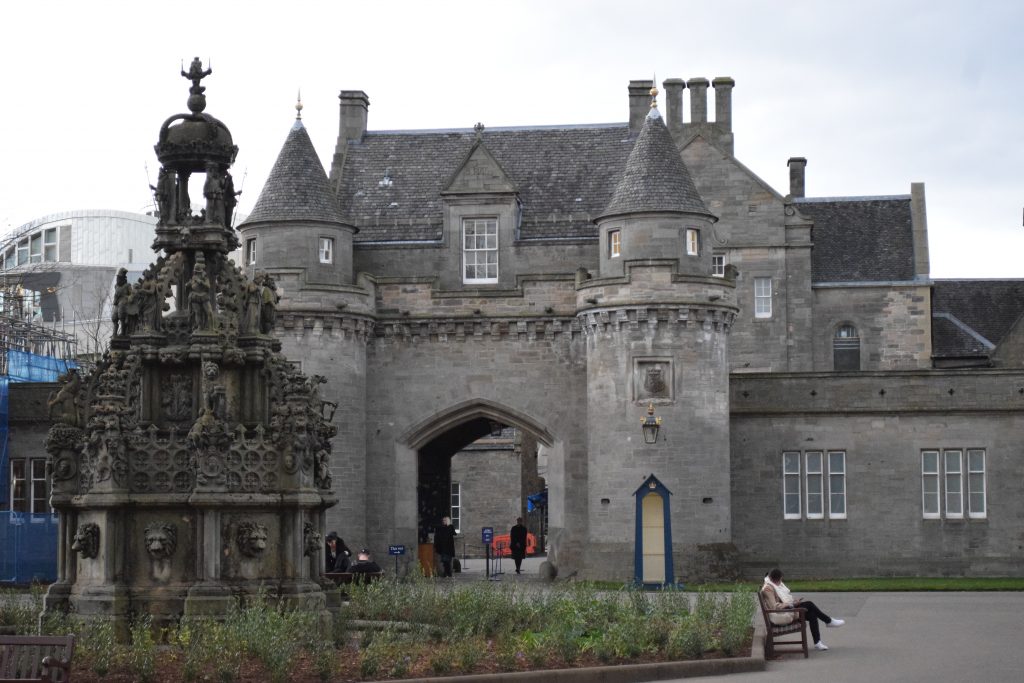
















Recent Comments